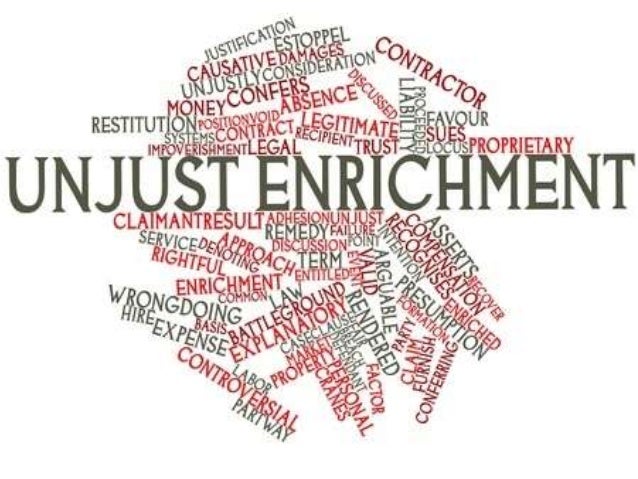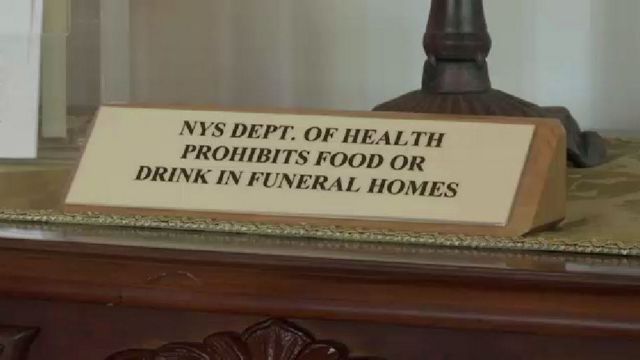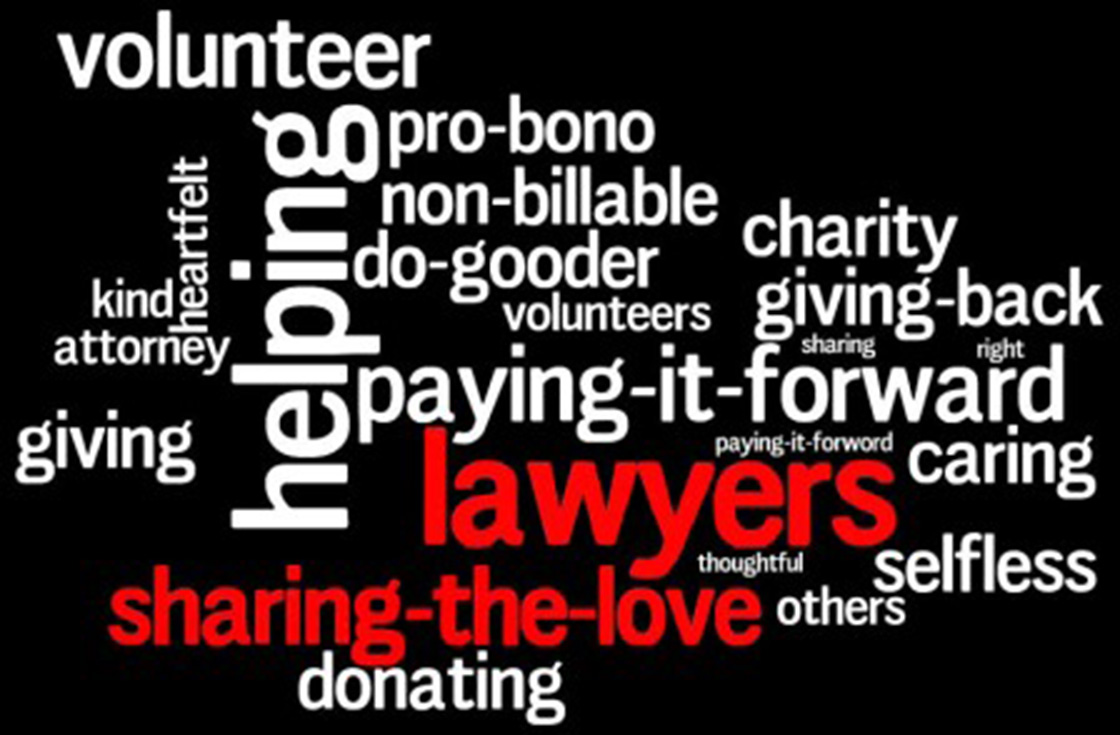An interesting fact pattern and a Solomon like decision in DAWN M. v. Michael M., 2017 NY Slip Op 27073 - NY: Supreme Court 2017
"Plaintiff and defendant were married on July 9, 1994. After being unsuccessful at attempts to have a child, the parties went to a fertility doctor. The plaintiff was artificially inseminated with defendant's sperm and conceived a child. Unfortunately, that child was miscarried at ten weeks gestation.
In April of 2001, plaintiff met Audria G. (hereinafter referred to as "Audria") and they became close friends. Audria and her boyfriend moved into an apartment downstairs from plaintiff and defendant. When Audria's boyfriend moved out, Audria moved upstairs with plaintiff and defendant. Sometime in 2004, the relationship between plaintiff, defendant and Audria changed and the three began to engage in intimate relations.
As time went on, Audria, plaintiff and defendant began to consider themselves a "family" and decided to have a child together. The parties and Audria went to the fertility doctor previously utilized by plaintiff and defendant with the hope that Audria could be artificially inseminated with defendant's sperm. The fertility doctor, however, refused to artificially inseminate Audria because she was not married to defendant. Thereafter, the parties and Audria decided they would try to conceive a child naturally by defendant and Audria engaging in unprotected sexual relations. The credible evidence establishes that it was agreed, before a child was conceived, that plaintiff, Audria and defendant would all raise the child together as parents.
Audria became pregnant and J.M. was born on January 25, 2007. The evidence establishes that plaintiff's medical insurance was used to cover Audria's pregnancy and delivery, and that plaintiff accompanied Audria to most of her doctor appointments. For more than eighteen months after J.M.'s birth, defendant, plaintiff and Audria continued to live together. Audria and plaintiff shared duties as J.M.'s mother including taking turns getting up during the night to feed J.M. and taking him to doctor visits.
As time went on, however, the relationship between defendant and plaintiff became strained. In October of 2008, Audria and plaintiff moved out of the marital residence with J.M. A divorce action was commenced by plaintiff against defendant in 2011. Plaintiff testified credibly that after the divorce action was commenced, defendant no longer considered her to be J.M.'s parent. Prior to this divorce, a custody case was commenced by defendant against Audria. Defendant and Audria settled their custody proceeding by agreeing to joint custody; residential custody with Audria and liberal visitation accorded to defendant.
[3] The plaintiff still resides with Audria and J.M., and sees J.M. on a daily basis. She testified that she brought this action to assure continued visitation and to secure custody rights for J.M. because she fears that without court-ordered visitation and shared custody, her ability to remain in J.M.'s life would be solely dependent upon obtaining the consent of either Audria or the defendant.
The Court finds plaintiff's love for J.M. evident from her actions, testimony and demeanor on the stand. Indeed, during her testimony, plaintiff beamed whenever she spoke of J.M., including her earliest involvement in his life during Audria's pregnancy. The court finds credible the testimony of Audria and plaintiff that J.M. was raised with two mothers and that he continues to the present day to call both "mommy." The court does not find credible defendant's claim that he called plaintiff by her first name and never referred to her as "mommy" in front of J.M. The court finds that in all respects, during the first eighteen months of J.M.'s life when defendant, plaintiff and Audria all lived together, and thereafter, plaintiff acted as a joint mother with Audria and that they all taught the child that he has two mothers. In fact, the credible evidence establishes that when J.M. had an ear operation at age two, the defendant told the nurse that both plaintiff and Audria were J.M.'s mother so that both could be with him in the recovery room.
Moreover, the in camera interview conducted by the court with J.M. clearly establishes that J.M. considers both plaintiff and Audria his mothers. When asked to distinguish them, he refers to Audria as "mommy with the orange truck" and to plaintiff as "mommy with the grey truck."
[4] He makes no distinction based on biology. J.M. is a well adjusted ten-year-old boy who loves his father and his two mothers. He knows nothing about this action. He has no idea that his father opposes tri-custody and court-ordered visitation with plaintiff.
[5] The in camera with J.M. leaves no doubt that J.M. considers both plaintiff and Audria to be equal "mommies" and that he would be devastated if he were not able to see plaintiff. The interview with J.M. also clearly shows that he enjoys his present living situation and would not want it altered in any way.
Although not a biological parent or an adoptive parent, plaintiff argues that she has been allowed to act as J.M.'s mother by both Audria and defendant. She has always lived with J.M. and J.M. has known plaintiff as his mom since his birth. Plaintiff asserts that the best interest of J.M. dictates that she be given shared legal custody of J.M. and visitation with him. J.M.'s biological mother Audria strongly agrees. Plaintiff argues, along with the child's attorney, that defendant should be estopped from opposing this application because he has created and fostered this situation by voluntarily agreeing, before the child was conceived, to raise him with three parents. And, further, that the defendant has acted consistent with this agreement by allowing the child to understand that he has two mothers.
Pursuant to DRL § 70, a parent may apply to the court for custody based solely upon what is for the best interest of the child, and what will promote his welfare and happiness. DRL § 240 also requires that in any proceeding for divorce, the court "shall enter a custody order having regard to the circumstances of the case and of the respective parties and to the best interests of the child. . . ." The Court of Appeals in
Brooke S.B. stressed that its decision only addressed the ability of a person who was not a biological or adoptive parent to establish standing as a parent to petition for custody and visitation, and that the ultimate determination of whether to grant those rights rests in the sound discretion of trial courts in determining the best interests of the child (
28 NY3d at 28).
[6]
Similarly, in determining shared legal custody, J.M.'s best interests control (
see Braiman v. Braiman, 44 NY2d 584, 589 [1978]). Such an arrangement "reposes in both parents a shared responsibility for and control of a child's upbringing" (
id.). As the Court in
Braiman noted "children are entitled to the love, companionship, and concern of both parents . . . [and] a joint award affords the otherwise noncustodial parent psychological support which can be translated into a healthy environment for the child" (
id.). Joint custody is usually encouraged primarily as a voluntary alternative when the parents are amicable (
Braiman, 44 NY2d at 589). When it is a court-ordered arrangement upon embittered parents, it only promotes familial chaos (
id. at 590). That is not the case here. Here, the evidence establishes that the plaintiff acts as a defacto joint custodial parent with defendant and Audria and shares in making all major decisions in J.M.'s life.
Based on the evidence adduced at trial, including the demeanor and credibility of all three witnesses, the in camera interview and the factual findings made by this court, it is clear that the best interests of J.M. will be served by granting plaintiff's application for shared legal custody with defendant. Plaintiff and defendant have raised J.M. in a loving environment as evidenced by the fact that he does not know that the defendant opposes custody and court-ordered visitation with plaintiff. They clearly do not present as so embattled and embittered that they will not work together to put J.M.'s needs first. J.M. needs a continuing relationship with the plaintiff as his mother and that relationship cannot be left to depend on the consent or whim of either his biological mother or father. Anything less will promote great hardship and suffering for J.M. This Court concludes based on the evidence that plaintiff, defendant and Audria can and will get along as they have in the past, to maintain J.M.'s psychological stability and to act in his best interest, and that they will be able to cooperate in making major decisions in J.M.'s life such as health, education and welfare as they have done for his entire life.
Such joint legal custody will actually be a tri-custodial arrangement as Audria and defendant already share joint legal custody. As it appears from Audria's testimony that she whole-heartedly supports such an arrangement, this Court finds no issue with regards to Audria's rights in granting this relief. Indeed, tri-custody is the logical evolution of the Court of Appeals' decision in
Brooke S.B., and the passage of the Marriage Equality Act and DRL § 10-a which permits same-sex couples to marry in New York.
Regarding visitation, plaintiff requests that she be given one weekend a month and that such weekend can be carved out of defendant's time with J.M. (he presently sees J.M. from Saturday afternoon to Sunday late afternoon, three times a month). To grant plaintiff's request at defendant's expense, however, would be inappropriate as plaintiff presently lives with J.M. and sees him regularly when defendant does not have visitation. Additionally, J.M. enjoys his time with his father. Taking one of defendant's three weekends each month would significantly limit J.M.'s visitation with defendant and could have a detrimental impact on his relationship with his father. The Court does recognize plaintiff's need and right to time alone with J.M. and, accordingly, will grant plaintiff Wednesday night visitation with J.M. for dinner pursuant to a schedule to be established by plaintiff with input from Audria whose time with J.M. will be impacted by this court-ordered visitation. Lastly, plaintiff also requests one week-long school recess visitation each year and two weeks of visitation each summer. The court grants this relief and directs that all parties cooperate to determine which school recess and which two weeks out of the summer will belong to plaintiff.
In sum, plaintiff, defendant and Audria created this unconventional family dynamic by agreeing to have a child together and by raising J.M. with two mothers. The Court therefore finds that J.M.'s best interests cry out for an assurance that he will be allowed a continued relationship with plaintiff. No one told these three people to create this unique relationship. Nor did anyone tell defendant to conceive a child with his wife's best friend or to raise that child knowing two women as his mother. Defendant's assertion that plaintiff should not have legal visitation with J.M. is unconscionable given J.M.'s bond with plaintiff and defendant's role in creating this bond. A person simply is responsible for the natural and foreseeable consequences of his or her actions especially when the best interest of a child is involved. Reason and justice dictate that defendant should be estopped from arguing that this woman, whom he has fostered and orchestrated to be his child's mother, be denied legal visitation and custody. As a result of the choices made by all three parents, this ten-year-old child to this day considers both plaintiff and Audria his mothers. To order anything other than joint custody could potentially facilitate plaintiff's removal from J.M.'s life and that would have a devastating consequence to this child. Accordingly, plaintiff is granted shared legal tri-custody and visitation as outlined above.
[1] This decision determines only plaintiff's custody and parenting time. All other issues including child support have been settled by stipulation between the parties dated June 15, 2015.
[2] Defendant contended that
Alison D. v Virginia M. (77 NY2d 651 [1991]), required this court to deny plaintiff's requested relief for custody and visitation based on her lack of standing. Prior to the Court of Appeals' decision in
Brooke S.B. v Elizabeth A.C.C. (28 NY3d 1 [2016]), this court denied defendant's motion for summary judgment based upon the Marriage Equality Act and the Court's analysis of Vermont Law in
Debra H. v Janice R. (14NY3d 576 [2010]), and found plaintiff had standing as a parent.
[3] There is no written parenting schedule.
[4] Referring to the color of the vehicle each mother drives.
[5] To this extent the parties are to be complimented.
[6] Under
Brooke S.B. v Elizabeth A.C.C. (28 NY3d 1), relying heavily on the dissent written by Chief Judge Judith Kaye in
Allison D. (
77 NY2d 651, 657[1991]), the law states "where a partner shows by clear & convincing evidence that the parties agreed to conceive a child and to raise the child together, the non-biological, non-adoptive parent has standing to seek visitation and custody under DRL 70." This case represents the logical next step."



























